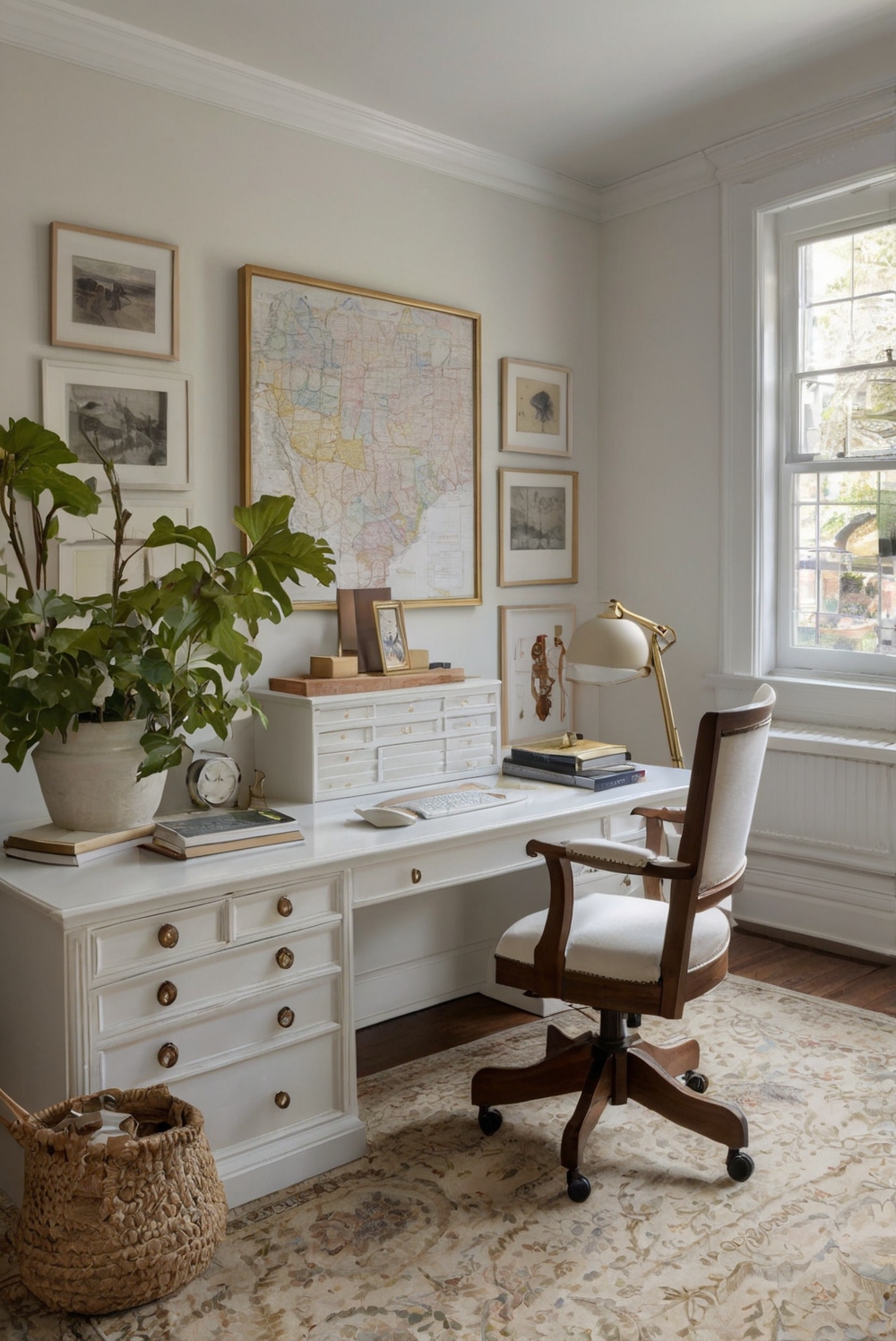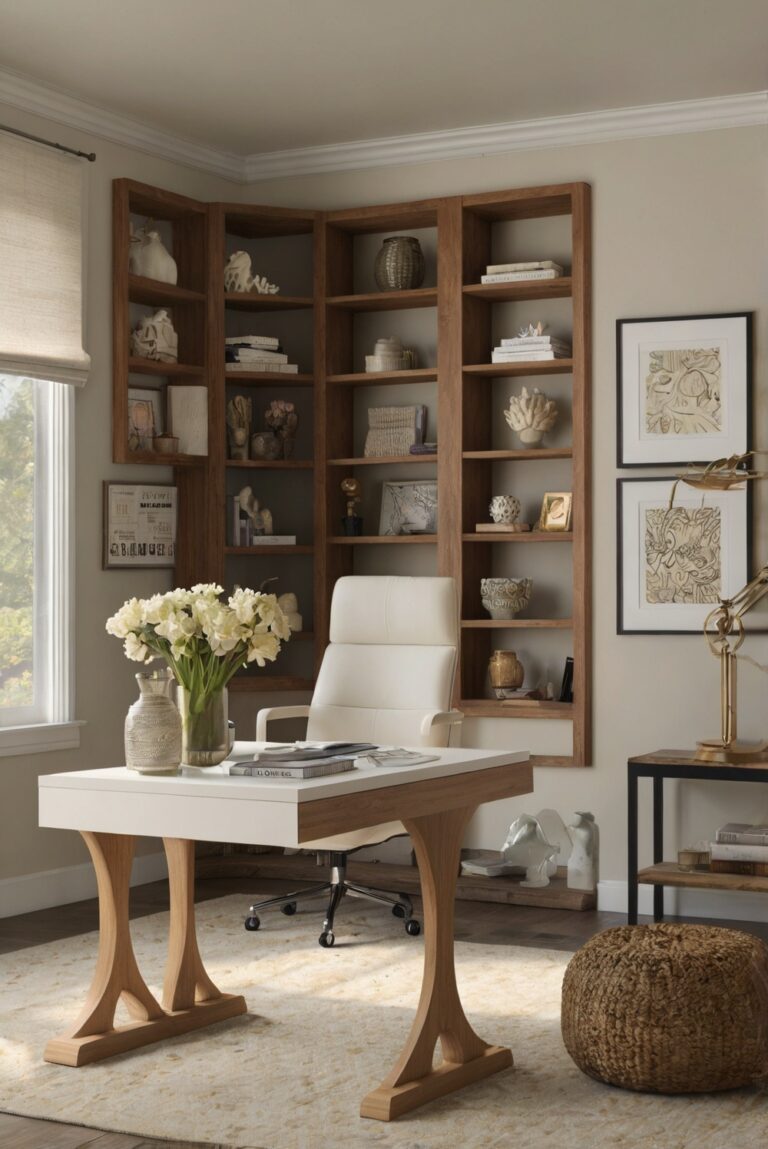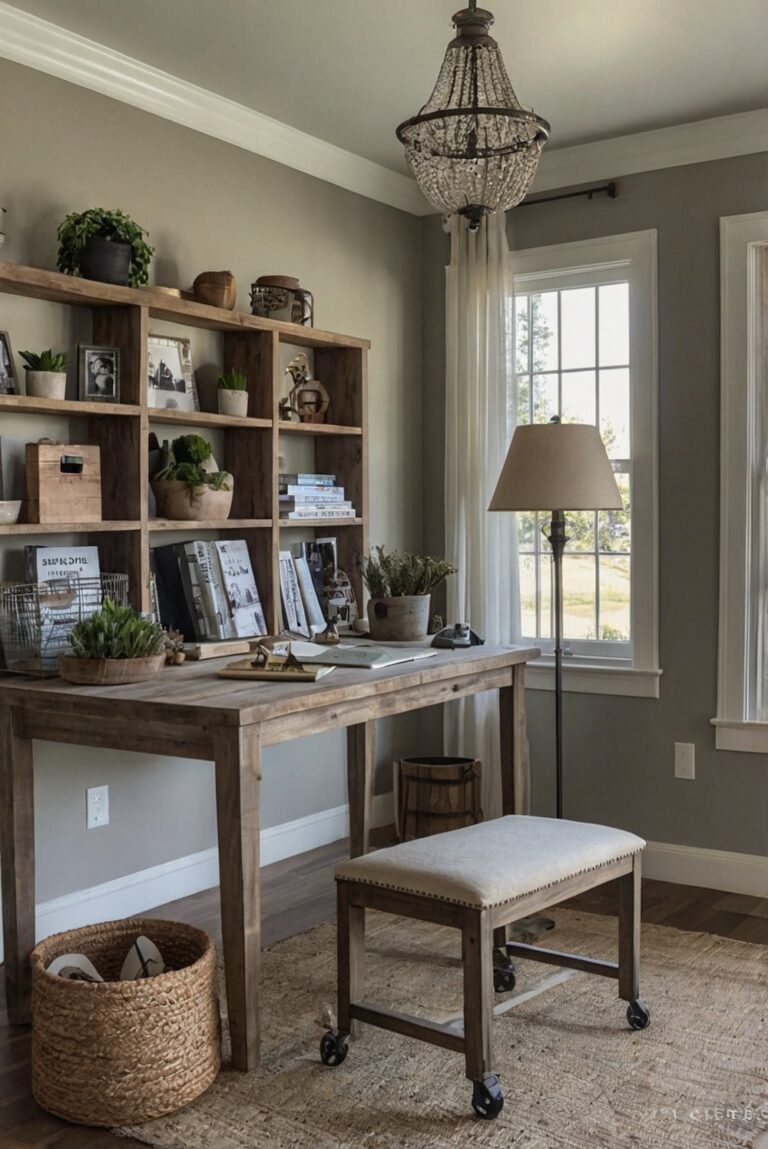Discover the advantages of incorporating a standing desk converter into your home office routine for improved productivity, health, and comfort. Elevate your space with this simple addition.
Benefits of using a standing desk converter in a home office:
1. Improved posture and reduced back pain due to the ability to switch between sitting and standing.
2. Increased energy levels and productivity by avoiding prolonged sitting.
3. Better circulation and reduced risks of cardiovascular diseases.
4. Customizable height settings for optimal comfort.
5. Space-saving design ideal for small home offices.
6. Promotes a healthier work environment and overall well-being.
7. Helps in maintaining focus and concentration during work hours.
8. Enhances the aesthetics of the home office with a modern touch.
9. Encourages movement and breaks throughout the workday.
Consider incorporating a standing desk converter into your home office to elevate the ambience and functionality of your workspace, reflecting your personal home decor interior design style.
For precise interior design space planning, carefully measure the dimensions of your home office and select a standing desk converter that complements the existing decor scheme. Additionally, consider opting for a primer paint for walls that matches the color palette of your home interior to create a seamless look.
By incorporating a standing desk converter, you can enhance your home interior, improve your well-being, and elevate your productivity while adding a touch of sophistication to your home decor interior design.
Improved Posture:
One of the key benefits of using a standing desk converter in a home office is the improvement in posture that it offers. Sitting for prolonged periods can lead to poor posture, which can result in back, neck, and shoulder pain. By using a standing desk converter, you can alternate between sitting and standing throughout the day, promoting better posture and reducing the risk of developing musculoskeletal issues.
Increased Energy Levels:
Another important benefit of using a standing desk converter is the boost in energy levels that it can provide. Sitting for long periods can lead to feelings of fatigue and lethargy, whereas standing encourages better blood circulation and can help keep you more alert and focused. By using a standing desk converter, you may find that you have more energy throughout the day, leading to increased productivity.
Reduced Health Risks:
Using a standing desk converter in your home office can also help reduce the risk of various health issues associated with prolonged sitting. Research has shown that sitting for extended periods can increase the risk of obesity, heart disease, diabetes, and other chronic conditions. By incorporating standing into your work routine, you can lower these health risks and improve your overall well-being.
Improved Productivity:
One of the key advantages of using a standing desk converter in a home office is the potential boost in productivity that it can offer. Standing while working can help increase focus and concentration, leading to enhanced performance and efficiency. Additionally, the increased energy levels and improved posture that come with using a standing desk converter can contribute to a more productive workday.
Enhanced Mental Well-Being:
Using a standing desk converter can also have positive effects on your mental well-being. Standing has been linked to improved mood and reduced feelings of stress and anxiety. By incorporating standing into your work routine, you may experience a greater sense of well-being and improved mental health overall.
In conclusion, incorporating a standing desk converter into your home office setup can offer a range of benefits, including improved posture, increased energy levels, reduced health risks, enhanced productivity, and better mental well-being. By making the switch to a standing desk converter, you can create a healthier and more efficient work environment that supports your overall well-being.
1. How can a standing desk converter improve posture and reduce back pain in a home office setting?
Using a standing desk converter in a home office can promote better posture by allowing you to switch between sitting and standing positions throughout the day. This helps to alleviate the strain on your back and neck that can result from prolonged sitting. Studies have shown that using a standing desk converter can lead to a reduction in lower back pain and discomfort. By standing periodically while working, you engage different muscle groups and improve circulation, which can contribute to better spinal alignment and decreased back pain over time.
2. What are the potential health benefits of using a standing desk converter at home?
Incorporating a standing desk converter into your home office setup can have numerous health benefits. Standing while working can help to increase energy levels, improve mood, and boost productivity. Research has also suggested that standing desks may lower the risk of weight gain and obesity, reduce the likelihood of developing chronic diseases such as heart disease and type 2 diabetes, and even increase life expectancy. By standing for a portion of your workday, you can burn more calories, enhance your metabolism, and improve overall health outcomes.
3. How does using a standing desk converter at home contribute to increased focus and concentration?
Standing while working with a desk converter can enhance focus and concentration by promoting better blood flow to the brain. This increased circulation can lead to improved cognitive function, alertness, and mental clarity. Studies have shown that individuals who use standing desks report feeling more focused and productive compared to those who sit for extended periods. By alternating between sitting and standing positions, you can combat feelings of fatigue and maintain a higher level of concentration throughout the day. Standing desks have also been linked to enhanced creativity and problem-solving abilities, making them a valuable addition to any home office.
4. Can a standing desk converter in a home office help to reduce the risk of developing sedentary-related health issues?
Using a standing desk converter in a home office can help mitigate the negative health effects of prolonged sitting. Sedentary behavior has been associated with an increased risk of obesity, heart disease, type 2 diabetes, and other chronic conditions. By incorporating standing into your work routine, you can reduce the amount of time spent sitting and lower your risk of developing these health issues. Standing desks have been shown to improve overall metabolic health, decrease blood sugar levels, and lower cholesterol, all of which contribute to a reduced risk of sedentary-related health problems. Making the switch to a standing desk converter at home can support a more active and healthier lifestyle.
5. How can a standing desk converter at home improve energy levels and combat feelings of fatigue?
Standing while working with a desk converter can help boost energy levels and combat feelings of fatigue that often accompany long hours of sitting. When you stand, you engage more muscles and increase circulation, which can lead to a greater sense of alertness and vitality. Studies have indicated that individuals who use standing desks experience higher levels of energy and reduced feelings of tiredness throughout the day. By incorporating standing into your work routine, you can maintain a more consistent energy level, improve focus, and enhance productivity. Standing desks have also been shown to reduce afternoon slumps and increase overall feelings of well-being, making them a valuable tool for combating fatigue in a home office setting.







